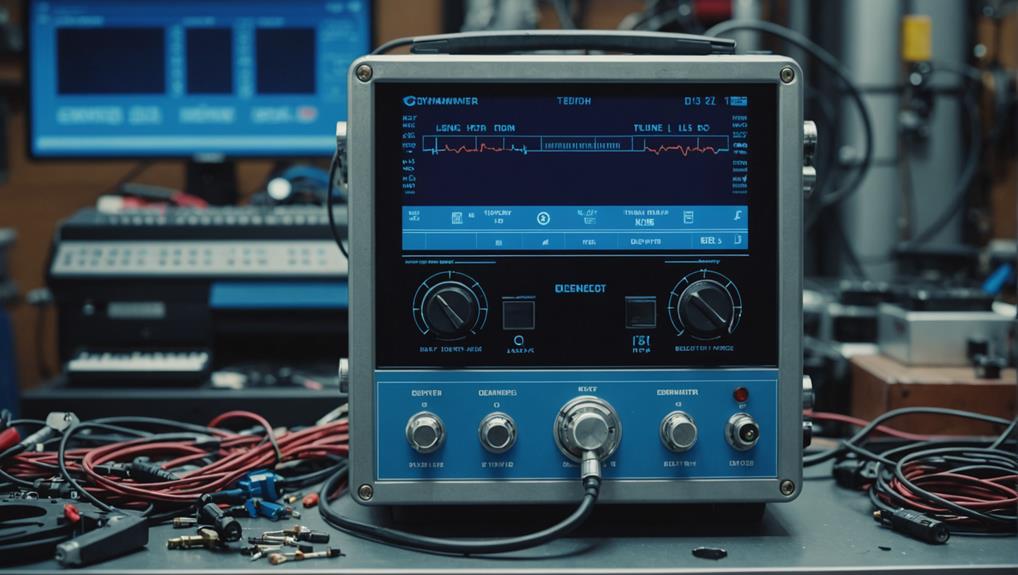
How Dynamometers Enhance Engine Diagnostics and Testing
Necessitating precise measurements, dynamometers unlock the secrets of engine performance, but what else can they reveal about engine diagnostics and testing?
The history of inertia dynamometers in performance racing stretches back centuries, with the seeds of innovation sown in the 18th century eventually germinating into a concept that transformed the landscape of engine testing.
The Industrial Revolution marked a new era in precision engineering, paving the way for French engineer Edme Régnier to lay the groundwork for modern inertia dynamometers.
Early prototypes demonstrated the potential to measure rotational energy and torque, leading to a significant shift in the 1960s when inertia dynos became a staple in the racing industry.
As the pursuit of racing excellence continues, the story of inertia dynamometers is far from over, with more chapters waiting to be written.
The seeds of innovation, sown in the 18th century, germinated into a revolutionary concept that would transform the landscape of performance racing: the inertia dynamometer.
This concept, born from the Industrial Revolution, marked the beginning of a new era in precision engineering and high-performance testing. French engineer Edme Régner, a pioneer in dynamometry, played a significant role in laying the groundwork for the development of modern inertia dynamometers.
During this period, the fundamental principles of inertia and rotational energy were investigated, paving the way for the creation of early inertia dynos. These early prototypes, although rudimentary, demonstrated the potential of inertia dynamometers to measure rotational energy and torque.
As the Industrial Revolution progressed, the concept of inertia dynamometers continued to evolve, eventually finding its way into industrial settings in the early 20th century. It was only a matter of time before the automotive industry would recognise the value of inertia dynos in optimising engine performance and discovering the secrets of high-speed racing.
Racing engines, once shrouded in mystery, were ultimately unveiled to the scrutiny of science with the advent of inertia dynamometers in the 1960s.
This marked a significant shift in the way performance racing teams approached engine testing, as they could now accurately measure power output and torque. The initial inertia dynos utilised a heavy flywheel to load the engine, connected to a sensor that measured the acceleration rate, providing precise calculations.
Inertia dynos rapidly gained popularity in the racing industry due to their ability to deliver accurate and consistent results and ease of use.
The 1980s saw the development of computerised inertia dynos, enabling real-time data acquisition and analysis, further enhancing the accuracy and efficiency of engine testing.
Today, advanced inertia dynamometers are employed by top racing teams and engine manufacturers to optimise engine performance, improve fuel efficiency, and reduce emissions.
Inertia dynamometers have become an indispensable tool in the pursuit of racing excellence, revolutionising engine testing.
In the high-stakes world of motorsports, where fractions of a moment separate victory from defeat, inertia dynamometers have become an integral component of the engineering arsenal.
These precision instruments enable teams to fine-tune their engines, extracting every last ounce of power and efficiency. Measuring torque and RPM, inertia dynamometers provide valuable insights into an engine's performance, allowing engineers to optimise their setup for maximum speed and acceleration.
Inertia dynos have become a vital tool in the pursuit of racing excellence, allowing teams to push the boundaries of engine performance and gain a competitive edge.
Accurately measuring an engine's torque output and RPM, teams can identify areas for improvement, make data-driven decisions, and refine their engine calibration. This precision and attention to detail are pivotal in motorsports, where even the slightest advantage can mean the difference between victory and defeat.
As the sport continues to evolve, inertia dynamometers will remain a fundamental component of the engineering arsenal, driving innovation and propelling teams towards success.
Sophisticated dynamometer technology has emerged as a game-changer in the sphere of performance racing, enhancing precision and efficiency of engine testing.
Modern inertia dynamometers have become more compact and lightweight, allowing for effortless transportation and installation in diverse testing environments. Advances in sensor technology enable these dynamometers to accurately measure torque, power, and speed with high precision, even at high rotational velocities.
Real-time data analysis is enabled through the integration of advanced data acquisition systems and software in modern inertia dynamometers, providing engineers with instant insights into engine performance and optimisation opportunities.
Modern inertia dynamometers often feature advanced cooling systems, allowing for extended testing periods without overheating, and enabling the testing of high-performance engines under extreme conditions.
The use of advanced materials and manufacturing techniques has improved the durability and reliability of modern inertia dynamometers, reducing maintenance costs and downtime.
These advancements have collectively boosted the role of dynamometers in performance racing, enabling teams to fine-tune their engines with unparalleled precision and efficiency.
As the landscape of performance racing continued to evolve, one company stood out for its pioneering contributions to the field: Hyper Power, a renowned dynamometer manufacturer.
With the introduction of its inaugural inertia dynamometer in 1995, Hyper Power revolutionised performance racing by providing accurate and reliable measurements of engine power and torque.
Some of Hyper Power's notable achievements include offering a testing range of up to 1,500 horsepower and 1,200 lb-ft of torque, making their inertia dynamometers an industry standard in performance racing.
They utilised innovative eddy current technology, enabling faster and more precise measurements, and allowing racers and engine builders to fine-tune their engines for optimal performance.
In 2002, they introduced an advanced inertia dynamometer system featuring a high-speed data acquisition system and advanced software, further enhancing the accuracy and efficiency of engine testing and tuning.
Hyper Power's contributions have had a significant impact on the performance racing industry, with their inertia dynamometers being used in high-profile racing events and becoming a staple in many professional racing teams and engine builders' workshops.
Hyper Power's innovative inertia dynamometers have set a new standard in performance racing.
It is vital to comprehend the distinction between inertia dynos and brake dynos. These two types of dynamometers measure an engine's power output differently, with inertia dynamometers calculating acceleration of a rotating mass and brake dynamometers using a braking mechanism to load the engine.
Inertia dynos are more accurate and consistent, less prone to overheating and wear, and offer precise control over testing conditions.
Brake dynos, on the other hand, are better suited for high-torque, low-RPM engines and are often used in heavy-duty applications.
Inertia dynos are the preferred choice for performance racing due to their ability to provide a precise and reliable measurement of an engine's power output.
This allows for more precise tuning and optimisation, giving racers a competitive edge. Furthermore, inertia dynos typically require less maintenance and operation, with fewer moving parts and no need for extensive cooling and lubrication.
Racers can make informed decisions about which tool is best suited for their specific needs once they grasp the differences between inertia and brake dynamometers.
The evolution of inertia testing has been shaped by significant milestones, from the early developments of inertia measurement techniques to the modern advancements that have refined the process.
In the early days, inertia testing was limited by technological constraints, but pioneering work laid the foundation for subsequent breakthroughs.
As the industry continued to push the boundaries of performance racing, inertia testing has undergone substantial transformations, yielding more accurate and reliable results.
Racing's pursuit of speed and power in the 1960s led to the introduction of inertia dynamometers, marking a substantial shift in the way engineers approached engine optimisation.
This innovation enabled teams to measure engine power and torque with greater accuracy, allowing for more precise tuning and optimisation.
Early inertia dynamometers utilised a simple flywheel design, providing a basic measurement of engine power but lacking the precision required for high-performance applications.
The introduction of load cells and strain gauges in the 1970s markedly improved the accuracy and reliability of engine power measurements.
These early developments laid the foundation for the sophisticated inertia dynamometers that would follow, ultimately becoming a crucial tool in professional racing.
Substantial advancements in inertia testing have propelled the technology forward, revolutionising the way engineers optimise engine performance.
The 1960s marked a notable milestone with the introduction of commercial inertia dynamometers, making inertia testing more accessible to the automotive industry.
This led to more accurate and efficient testing of high-performance engines.
The 1980s saw the development of advanced inertia testing systems, including computer-controlled load cells and data acquisition systems, which markedly improved the accuracy and precision of inertia testing.
The 1990s introduced eddy-current brake technology, enabling faster and more precise load changes, allowing for more realistic simulation of real-world driving conditions.
Inertia testing had become a standard practice in the automotive industry by the 2000s, with many manufacturers using advanced inertia dynamometers to optimise engine performance, reduce emissions, and improve fuel efficiency.
Modern inertia testing systems now utilise advanced technologies such as artificial intelligence, machine learning, and IoT connectivity to provide real-time data analysis, predictive maintenance, and remote monitoring capabilities, further enhancing the dynamometer test and data acquisition process.
High-performance engines are the lifeblood of competitive racing, and inertia dynamometers play a critical role in optimising their power output.
They provide precise measurements of an engine's power output, torque, and RPM, enabling racing teams to fine-tune their engine tuning and gain a competitive edge.
Inertia dynamometers are widely used in diverse performance racing applications.
These include drag racing, where they measure an engine's power output during short, intense bursts of acceleration.
In professional racing series such as Formula 1 and IndyCar, they test and develop high-performance engines to meet required power and efficiency standards.
In amateur racing series like karting and quarter midget racing, they provide an accurate way to measure engine performance.
Measuring power and torque is a critical aspect of performance racing, as it provides valuable insights into an engine's capabilities and areas for improvement.
To achieve accurate measurements, inertia dynamometers employ diverse torque measurement methods, including strain gauge and inertia-based approaches.
When evaluating an engine's performance, accurate torque measurement is essential, as it provides a direct indication of an engine's rotational force.
Inertia dynamometers measure torque using a torque arm and weighing scale or a torque transducer, providing accurate readings of an engine's rotational force.
Inertia dynamometers measure torque by twisting force on a flywheel, which resists changes in engine speed, providing an accurate representation of an engine's power output.
Load cells can be used to measure force or weight, which can be converted into torque values, providing an alternative method for measuring an engine's rotational force.
The accuracy of torque measurement in inertia dynamometers is dependent on the conversion constants used, which may vary depending on the units of measurement used, such as Newton-meters (Nm) or foot-pounds (ft-lb).
The power output of an engine is calculated by multiplying the measured torque by the angular velocity (P = τ × ω), allowing for precise determination of an engine's performance.
This precise measurement of torque is pivotal in performance racing, where every detail counts.
Accurate torque measurement, enabled through inertia dynamometers, forms the foundation of engine power calculation, a pivotal aspect of performance racing.
Measuring torque and rotational speed of an engine enables precise calculation of power output, typically performed using the formula: power (in watts) = torque (in Newton-meters) x rotational speed (in radians per second).
Inertia dynamometers play a paramount role in this process, providing precise measurements of torque and rotational speed.
These measurements allow for accurate calculation of the engine's power output, which is fundamental for performance racing. Engineers can optimise engine performance, improve fuel efficiency, and augment total vehicle performance with this information.
Accurate calculation of engine power enables racing teams to gain a competitive edge and make data-driven decisions to improve their chances of success in the next stage of competition.
In the high-stakes world of performance racing, accurate data acquisition is crucial for optimizing engine performance and gaining a competitive edge.
Inertia dynamometers play a vital role in this process, measuring power output by calculating the acceleration rate of a known inertial mass load. This enables precise measurement of torque and power output, which is essential for identifying areas of improvement and fine-tuning engine performance.
Inertia dynamometers provide a precise portrayal of the torque/power curve, allowing for accurate data acquisition and performance optimization.
The dynamometer's load cell accurately measures torque, and the output is plotted on a computer screen, providing a detailed representation of the engine's performance.
The acceleration rate, along with RPM, is recorded using a computer, enabling the plotting of power output graphs on the screen, which aids in performance optimization and tuning.
As the future of inertia dynamometers in performance racing unfolds, it is evident that these devices will continue to play a vital role in the development and testing of high-performance engines.
Advanced technologies such as artificial intelligence and machine learning will be integrated to improve testing accuracy and speed, further solidifying their importance in the industry.
Compact and portable designs will enable on-site testing and real-time data analysis, allowing racing teams and engine manufacturers to make data-driven decisions more efficiently.
The fusion of inertia dynamometers with other testing tools, such as 3D printing and simulation software, will streamline engine development and testing processes.
With electric vehicles gaining popularity, inertia dynamometers will need to adapt to measure the unique performance characteristics of electric motors, including torque and power output.
The increasing focus on sustainability will drive the development of inertia dynamometers that can optimise engine performance while reducing environmental impact, ensuring a more sustainable future for the racing industry.
The History of Inertia Dynamometers in Performance Racing
Early Beginnings of Inertia Dynos
The concept of inertia dynamometers dates back to the early 20th century, when engineers first recognised the need for a more accurate and efficient method of measuring engine performance. The initial designs were bulky and limited in their capabilities, but they laid the groundwork for the development of more sophisticated dynamometers in the decades that followed.
Revolutionising Engine Testing
The introduction of inertia dynamometers marked a significant shift in engine testing, providing a more precise and reliable means of measuring power and torque. This innovation enabled engineers to optimise engine performance, leading to significant gains in speed and efficiency.
Inertia Dynos in Motorsports
The application of inertia dynamometers in motorsports was a natural progression, as racing teams sought to gain a competitive edge through precise measurement and optimisation of engine performance. Hyper Power, a leading manufacturer of inertia dynamometers, has played a crucial role in this development.
Advancements in Dynamometer Technology
Advances in computer technology and sensor design have enabled the development of more sophisticated inertia dynamometers, capable of measuring power and torque with unprecedented accuracy. These advancements have further refined the precision of engine testing and optimisation.
Our Contributions
At Hyper Power, we have made significant contributions to the field, pushing the boundaries of precision and innovation. Our cutting-edge designs have become the industry standard for performance racing applications. If you have any questions about our Custom Dyno Solutions, Installation and Setup, Training and Certification, Technical Support and Maintenance, Software Updates and Upgrades, Diagnostics and Performance Analysis, Rental Services, Dynamometer Testing Services, or Accessories and Parts, please do not hesitate to contact us.
The Evolution of Inertia Testing
The evolution of inertia testing has been marked by a steady progression towards greater precision and sophistication. From its humble beginnings to the advanced systems of today, inertia dynamometry has become an indispensable tool in the pursuit of high-performance engine development.
Performance Racing Applications
Inertia dynamometers have become a crucial component of performance racing, enabling teams to optimise engine performance and gain a competitive edge. The precise measurement of power and torque provided by inertia dynos has revolutionised the sport, driving innovation and progress.
Measuring Power and Torque
The accurate measurement of power and torque is critical in performance racing, and inertia dynamometers have become the gold standard for this purpose. By providing precise data, inertia dynos enable engineers to fine-tune engine performance, maximising speed and efficiency.
Future of Inertia Dynamometers
As technology continues to advance, inertia dynamometers will play an increasingly vital role in the development of high-performance engines. The future of inertia dynamometry holds much promise, with ongoing innovation and refinement set to further boost the precision and capabilities of these vital tools.
Conclusion
The history of inertia dynamometers in performance racing is a tribute to human innovation and the relentless pursuit of speed and efficiency. From humble beginnings to advanced systems, inertia dynamometry has become an indispensable tool, driving progress and excellence in the world of motorsports.

Necessitating precise measurements, dynamometers unlock the secrets of engine performance, but what else can they reveal about engine diagnostics and testing?
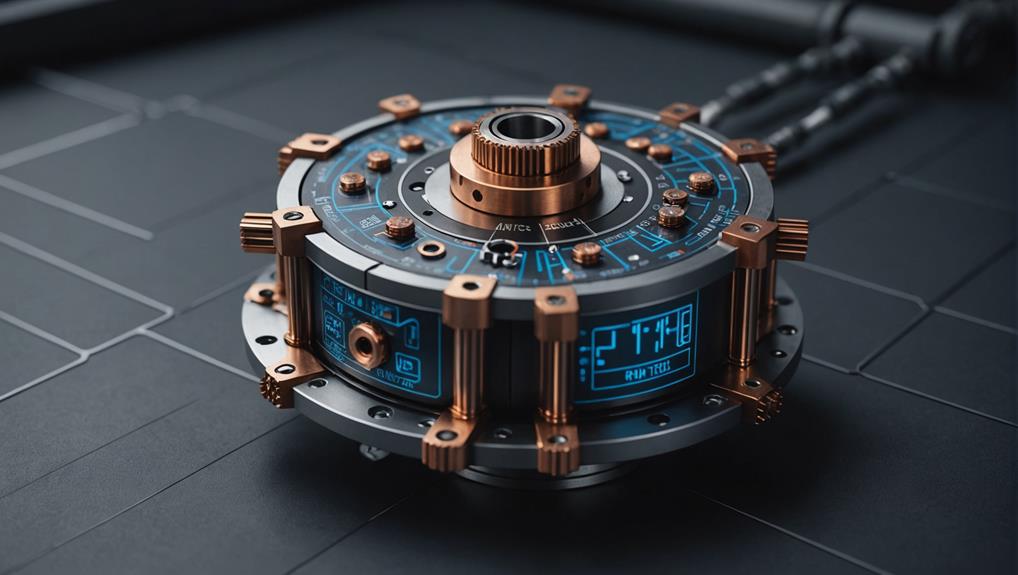
Navigating the complexities of torque measurement requires a deep understanding of the underlying principles and mechanisms to ensure accurate results.

Precise control and optimization of engine performance await, but only for those who unlock the secrets of dynamometer-driven data analysis.
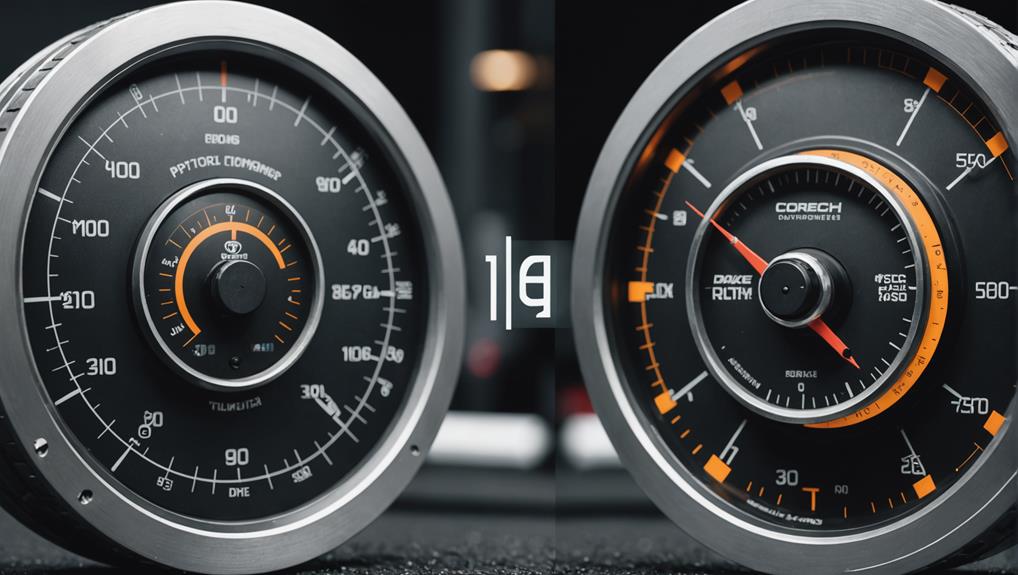
Gaining insight into the differences between inertia and brake dynamometers is crucial for ensuring accurate testing results in various industries.
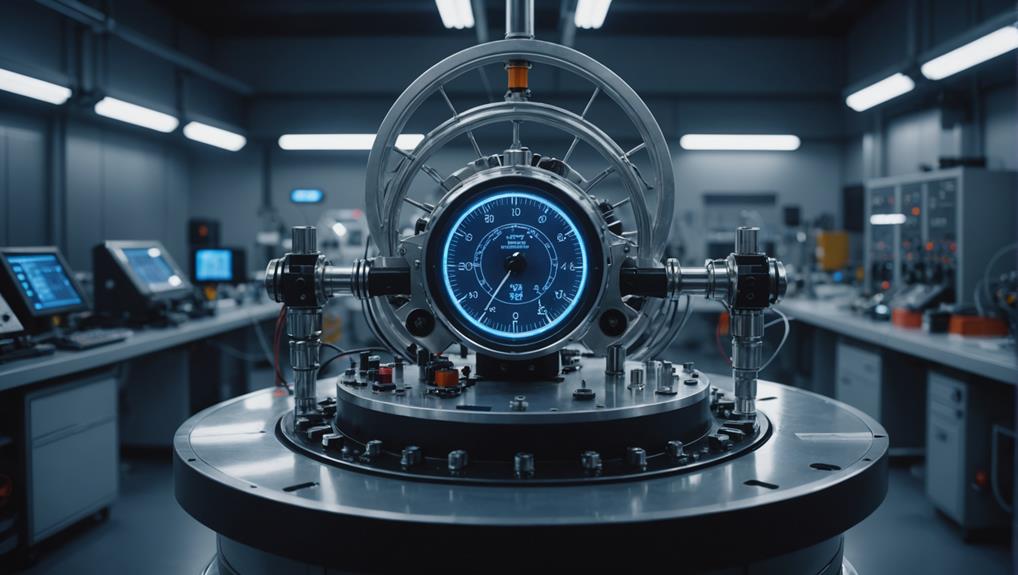
Tapping into the precise measurement capabilities of dynamometers, uncover the secrets to optimizing fuel efficiency and slashing emissions in the automotive industry.

Witness the importance of rigorous safety protocols and best practices in dynamometer testing to avoid catastrophic failures and ensure accurate results.
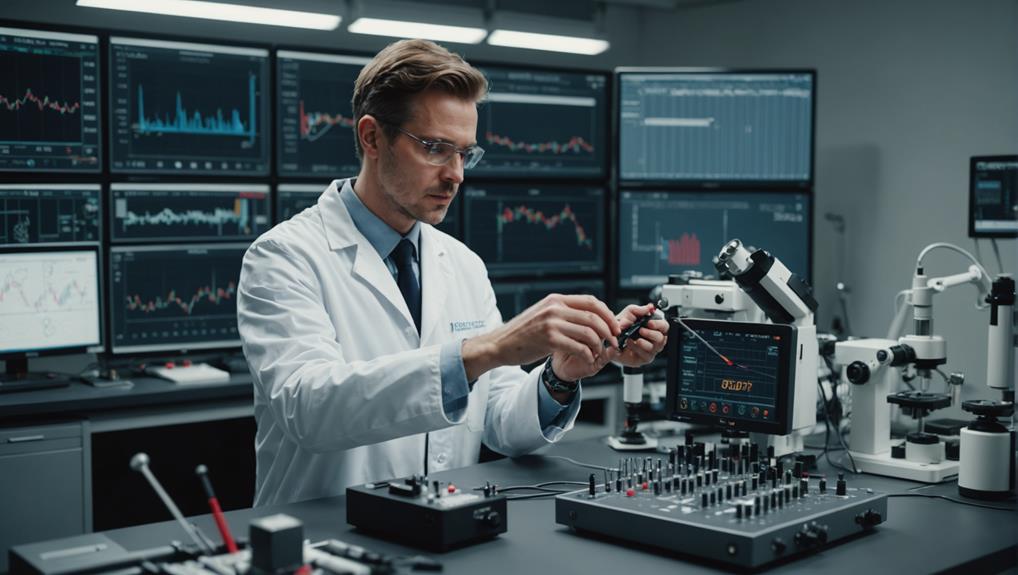
Harnessing the nuances of precision measurement is crucial to avoiding costly errors in dynamometer testing, but what are the key factors to consider?
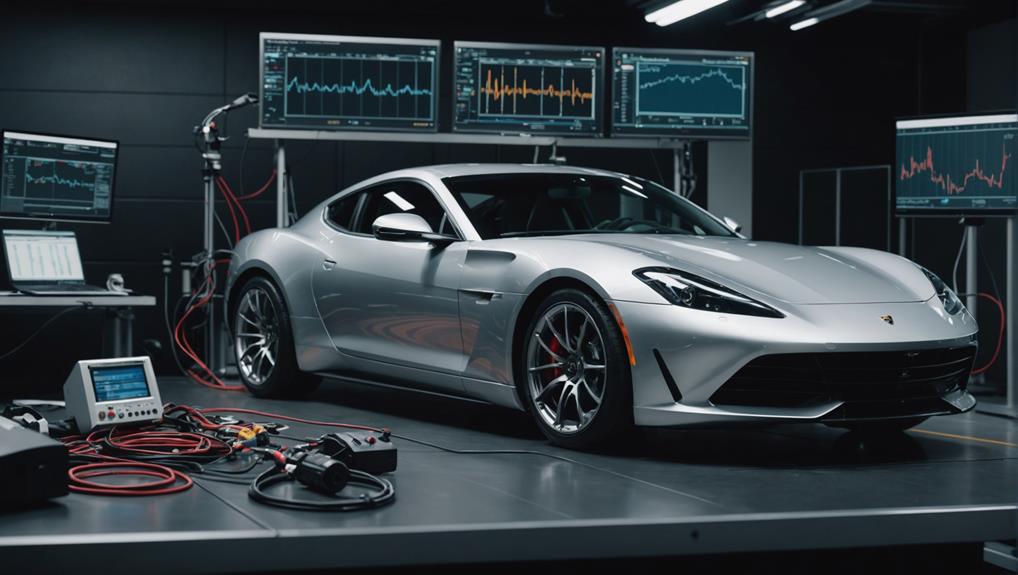
Witness the transformative power of dynamometers in unlocking your vehicle’s hidden performance potential, but only if you know how to harness their precision.